Easily and by far the most common 2 questions we see in forums and groups as well as from customers in the retail market concerning their machines are:
When was my machine made?
How much is it worth?
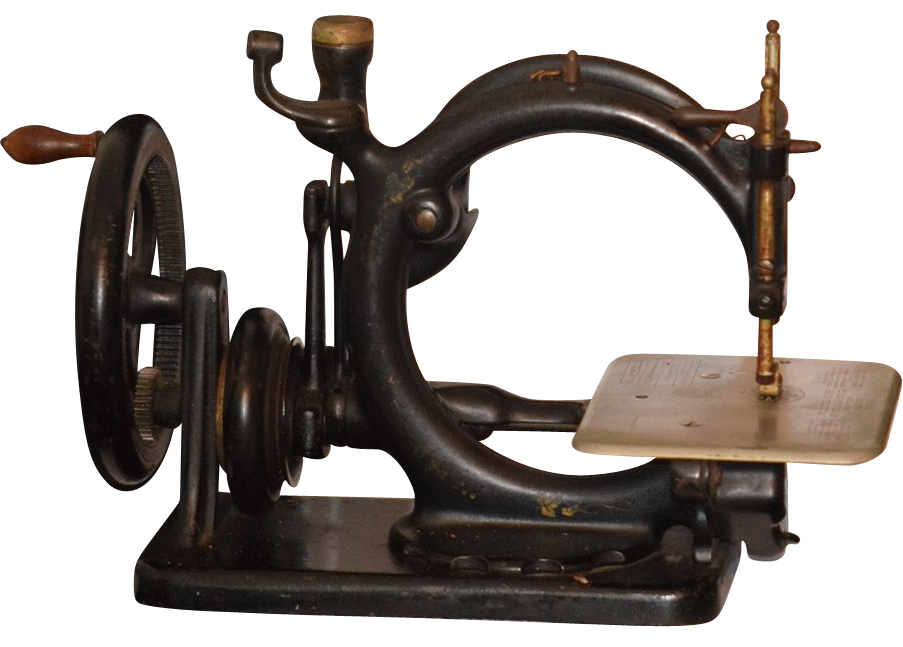
Believe it or not these two simple questions often can stir up a hornet nest of controversy and often frustrate the person that is asking them as well as those who try to answer them, especially if they are not well grounded in all of the facts of that particular machine.
In a few paragraphs I am going to try and define why these questions can be so problematic as we as give some links to resources for dating VSM’s both here at S-ish.com as well as outside sites that we trust and have used in the past.
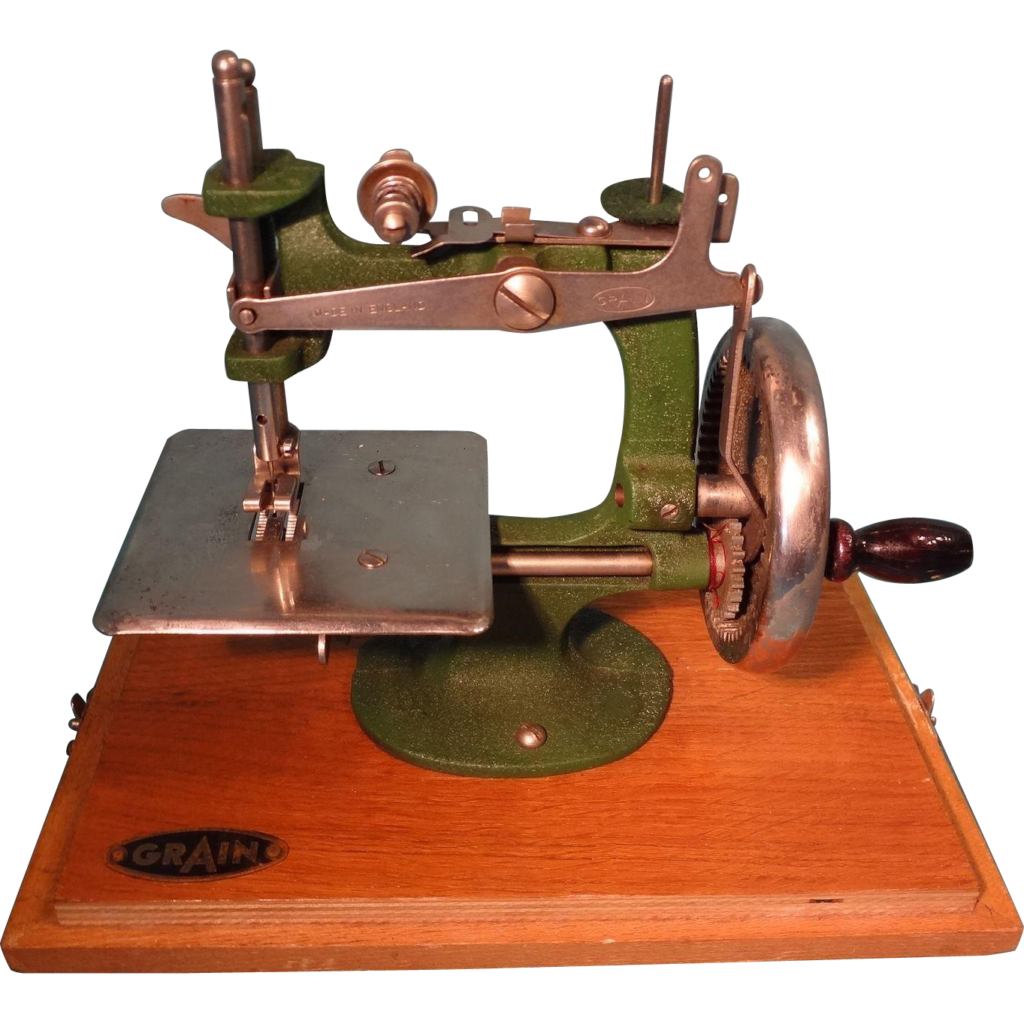
Before I begin though please let me stress that simply by the fact that for over 170 years there have been hundreds of sewing machine manufacturers world wide, and among them some have literally produced hundreds of models and millions upon millions of machines. No one person or source will ever be 100% reliable on information either on the date the machine was made or it’s value. Please be prudent when you rely on any source for information and always attempt to verify any information you get ass thoroughly as possible before risking your money or representing something incorrectly.
Question 1:
“When was my machine made?”
So any reasonable person would think that this is an easy question to answer and in some instances it is others not so. You think, ” I have a model number and serial number”. What more would I ever need? Didn’t these companies keep records?
WELLLLLL, I guess that answer has to be both YES and NO the same box, kind of a “Schrodinger’s Cat” question so to speak.
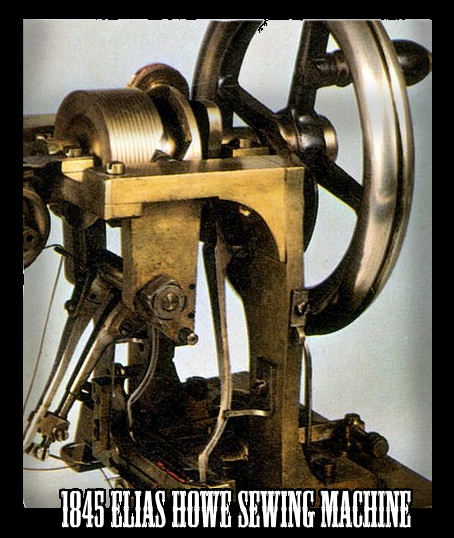
Lets consider that we are talking about vintage machines and not modern machines so they would have not had the advantages of tracking by bar codes and inventorying with computers as we do today.
Simple pieces of paper are subject to the wear and tear age and elements where electronic records are not. So simply for them to make it through 170 years of handling would at best be amazing. Even then we have to consider that natural disasters like fires, floods and wars have also taken their toll on many of the early records.
Necchi as well as Singer had fires that destroyed many records and the European manufacturers like Pfaff, Necchi, Elna and others lost a lot of data due to World War 2. Even Singer lost all of its Series C data when the Russian Army over ran their production facility in Wittenberg, Germany and stole all of the machinery and destroyed all of the production records.
Beyond the ravages of time, natural disaster and war perhaps the most distressing reason that records are so lacking today especially in the really early sewing machine companies is that of ignorance, greed and the personal demons of their founders.
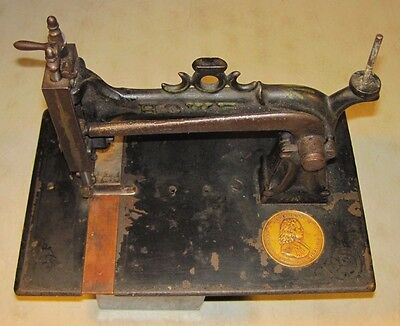
Most of these early innovators were inventors and not bookkeepers with very little trust in others so as not to have their designs pilfered.
In the case of Issac Singer, I go in depth about the fact he was at least a borderline alcoholic with little education who was sued repeatedly in the patent wars of the early industry and probably sued an equal share of others that had sued him. Most likely if you had kept very good records then it might have cost you more in royalty payments to your competitors.
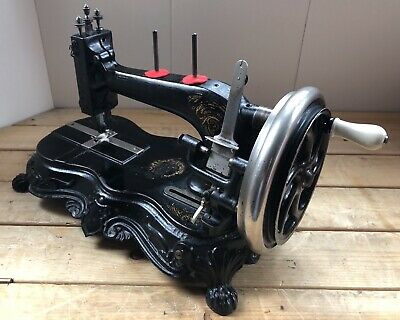
Even today though (despite the internet) most manufacturers are very secretive about any information concerning production, how to repair their machines and other information that the public should have a right to for no good reason other than to protect a handful of dealers who practice an outdated model of marketing. Likewise manufacturers don’t even supply their dealers or corporate employees comprehensive data even if they were interested in looking for it for you.
Question 2:
“How much is it worth?“
In 1936, Dale Carnegie (Actual Relative of mine.) published an all time best seller self help book called “How To Win Friends and Influence People.

I can tell you that dear old great Uncle Dale was never in the sewing machine business and never had the challenge of tactfully explaining to a little old lady (who baked you cookies every year for your birthday) that the sewing machine her mother sewed all of their clothes on and darned the holes in Daddy’s overalls with during the depression, in fact was worth more for parts and scrap metal than as a collectors item simply for the fact that tens of millions were made.
It is a sad truth but true and most of the real unicorns out there are already in private collections or museums but there are still a few surprises to be found. That is one reason that if you are going to give appraisals of what a machine is worth you darn well better know your stuff because you can cost one or the other of the parties involved a lot of money and forever ruin your reputation as an appraiser.
Over my career I have been privileged to work with conservators in various museums on various early machines as well as with several collectors doing repair and conservation for them. But nothing ever makes me more nervous than putting a value on something, I can rely on my skills as a mechanic and am well grounded in all of the theory of how they work or are suppose to work but you cannot learn things that are not available like records of production numbers and dates of production and the back stories of how that machine came to be that was never written down or lost to history.

Jewelry, watches and other objects have intrinsic value in their precious metals or artistic value of being one of a kind. Cars have a base guide of appraisal called the Kelly Blue Book and others for classic autos and baselines that determine grades of valuation. Likewise with coins, stamps and art either they are either unique, have particular oddities or other forms of distinguishing intrinsic reasons for valuation. Also there are auction records for some of these collectibles that give good historic valuation and sets a firm base line so when viewed in the frame of supply and demand for that particular piece in that period of time very good appraisals cam be given.
Not so with sewing machines.
First off there is no standardized guide that has ever been functional basically for the reason the information just is not there to produce one comprehensive enough to be practical and accurate. And the attempts to make such a reference material available has been fraught with inaccuracies as well as bias to both country of origin as well as manufacturer one way or another rendering less than useless.
Secondly sewing machines are made from an inexpensive base metal and while a few of them have received various awards only one has made it to the standard of high art, The Necchi Mirella was put on permanent display at the Museum of Modern Art (MoMA) in New York because of its number of reproductions will never reach a level of collectable machines that preceded it.
The very first rule I ever ascribed to appraisals was that no matter what type of appraisal I was doing at the time it would be ethically honest and favor no one and that I would never appraise on my own behalf as either a buyer or a seller. Some people
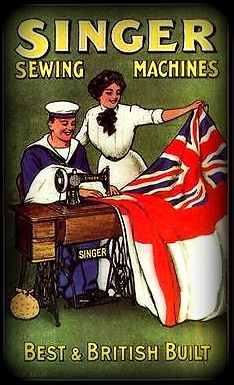
The next step is to decide what the state of the machine is. If it is untouched original condition that does not mean that it is flawless only that it has not at the time of appraisal had extensive repairs or restoration. While it may or may not be functional at this point you need to decide if it needs conservation or if it has already had some repairs and been conserved to a degree and if what was done to it was done properly and with period correct and original parts.
One of the biggest rules is to know your expertise and never go outside of it and use others to help you if needed. Also know your market and what it will bear as to prices, often geographic distance can result in drastic price swings between models. It is always good to network with other appraisers and keep current on VSM going rates worldwide. And then the very final tool in the toolbox is to research eBay if you are appraising mid level machines or higher end auction houses like Sotheby’s and others if you are working on unicorns.
Lastly once you have this information in hand then you can begin research and formulate depending on available records whether that machine is a candidate as either a parts machine, one that could need more conservation or one that could be restored. If it is pristine untouched and fully functional means it is a highly desirable piece hopefully of a make and model that is equally desirable.
This seems like a good time to talk about ethics as an appraiser. As I stated I do not distinguish between being a seller or buyer appraiser as some people do I treat both equally and write the same report. But no matter whether you are appraising for insurance companies, collectors, museums or even local dealers be fair, honest and unbiased because once you taint your reputation it is usually lost for good. I personally will not deal with people that when they find a $50 dollar Featherweight snatch it up and relist it for $350 if I know it before hand. More than once I have paid well over the asking price for a machine just to be fair to the seller who knew no better.
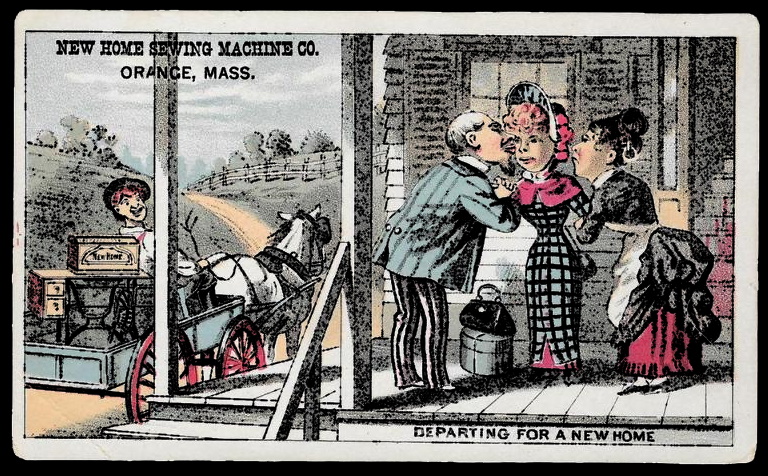
Before concluding I would be remiss if I did not make a point about trade ins and how dealerships often misuse the the power of the appraisal tool to their advantage and reflect a skewed valuation that makes accurate and market correct machine valuation much more difficult for the ethical appraiser.
Most dealers allow for a trade in when a customer wants to purchase a new machine. Because of the out dated model of the more you buy the more you save when it comes to dealer contracts most mark the machines being sold up as much as 300% over the wholesale cost they pay from the manufacturer. That leaves the a comfortable margin for profit but when a customer asks for a discount for trade in it digs into that profit but on the other hand it also allows them a greater margin on more expensive machines than lower end machines. That discount can be made up if the machine being traded in is of the quality that it can be resold but in many cases what the customer believes is an aprai9sal is in fact an inflated sense of valuation on cheap machines and more often than not an undervaluation on better machines depending on the profit margins on the machine being sold.
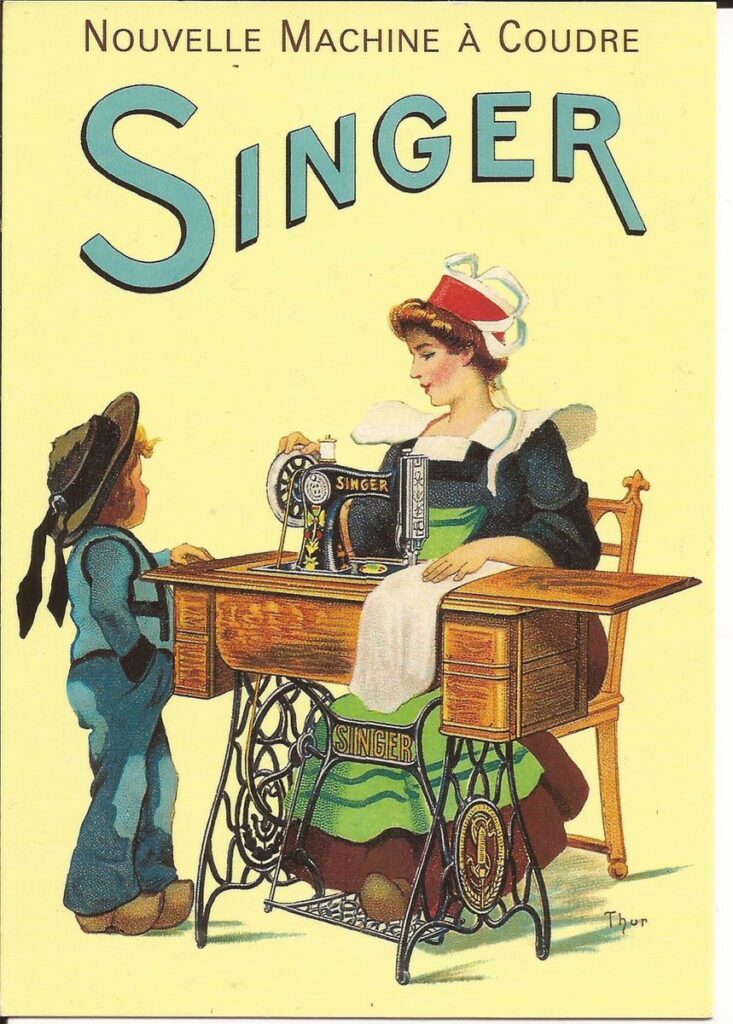
Besides being a corrupt and out dated marketing model it puts the dealer in the driver seat by allowing for self valuation which most make sure is in their favor and whether it is ethically wrong can usually be justified because you have to make money to keep your doors open. However it by no means accurately reflect how appraisals should work in real life and the customer often leaves with either an inflated sense of worth for marginal machines and under valued in better machines that gets brought in to other venues especially today in the age of the internet.
For that reason I rarely get into valuation of machines online and tell people when I see they have a reasonably collectable machine to contact someone that is a specialist for that model and have them do a proper appraisal rather than take it to dealers. I have seen far too many that instead of doing a fair evaluation will enter into the valuation with the intent of purchasing a machine for their own purposes, very few would ever turn down the opportunity to pick up a unicorn for pennies on the dollar. That is why even when a client wants me to, I will not make offers on machines that I have made valuations on. I tell them to take them for a second opinion first and if I am really interested in it I might make a bid sealed in an envelope to only be opened once they have a second consultation to ensure that I am being fair with them.
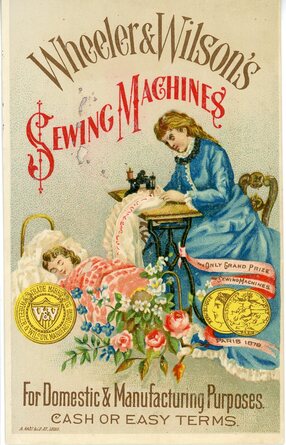
I have been on both sides of the fence so this rambling rant is only suppose to educate those who have not been there, not sow division and mistrust of honorable small business owners. However, sadly the way many dealerships are ran makes them little better than the Buy Here, Pay Here Used Auto dealers who jack up the price of junk cars well over their value. Support the ones that you find trustworthy and make it known those who are less so…
Summary:
If you have followed thus far over this rambling missive then you will see some of the issues that face all VSM collectors when it comes to dating machines accurately as well as getting a good valuation.
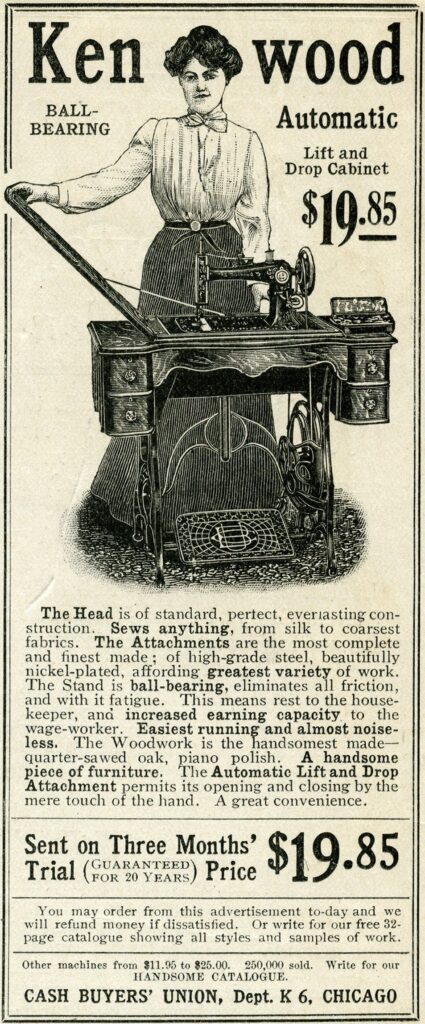
Often if you search you will find websites, forums and some specialty groups that usually, especially when they are brand specific can get you closer than even manufacturer representatives or local dealers can on age but be wary especially when it comes to valuation.
In the end who ever goes out on the limb to date and appraise your machine has to stand on reputation and if you are the one providing that service be thorough and as accurate as you can.
My personal opinion is that a machine you are connected with through family, for other personal reasons or just like it because of its color and style should be loved and used and never thought of just as a collectors item with a specific value on it. I try to use that as the tactful way of telling someone that their machine is really pretty common and not of great value other than that of sentiment.
Below we provide some links to dating information as well as some outside links to resources that may help you make informed decisions about your machines… HAPPY SEWING.





Very informative, thank you.